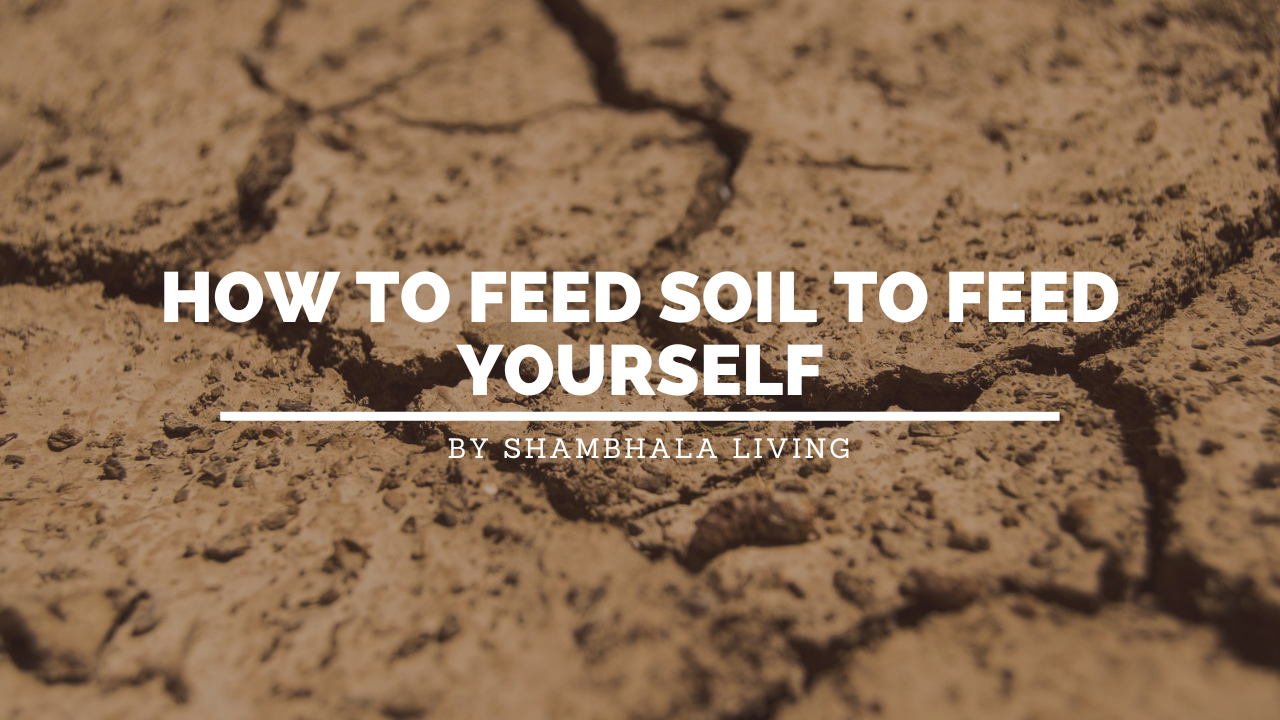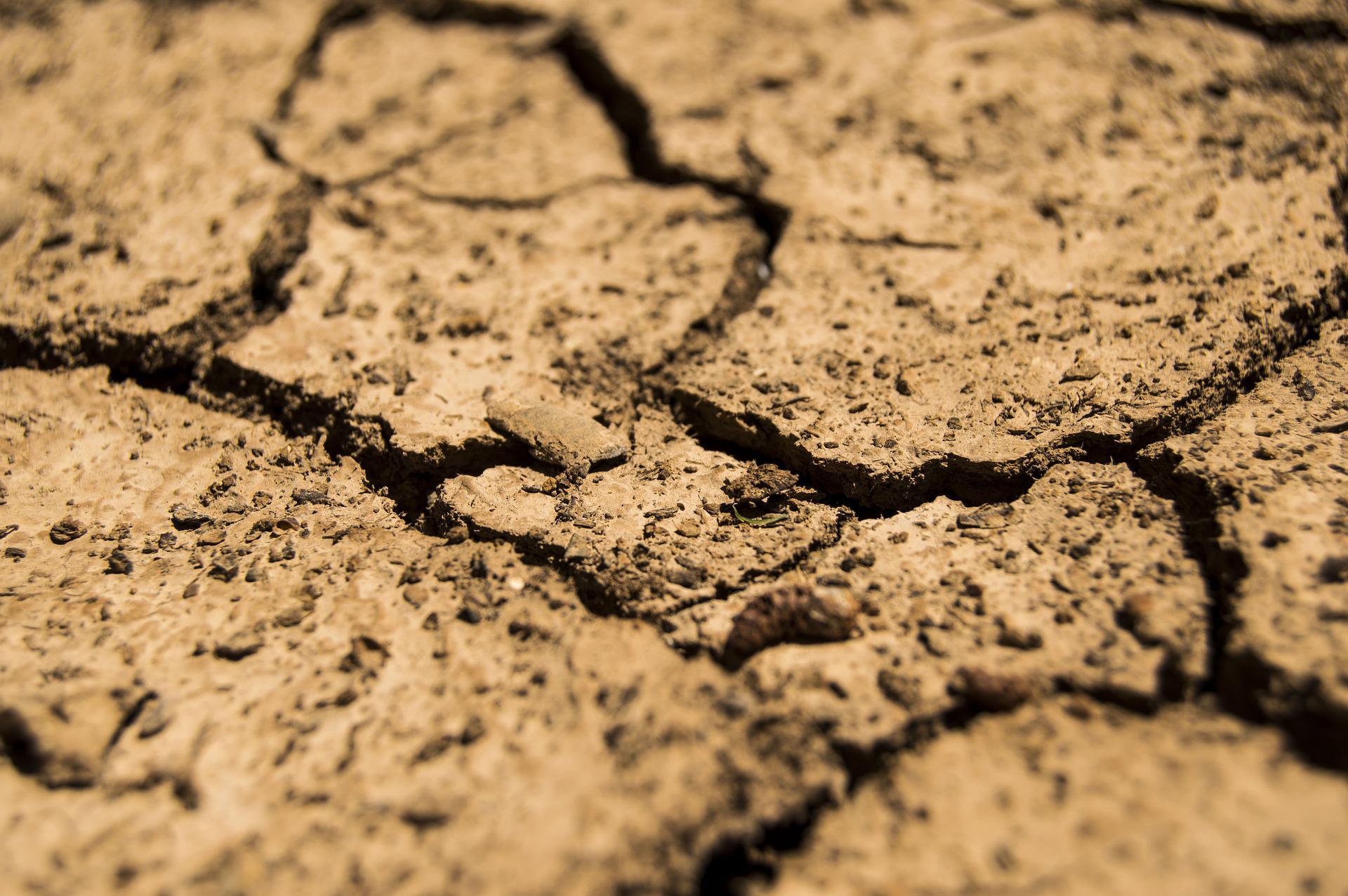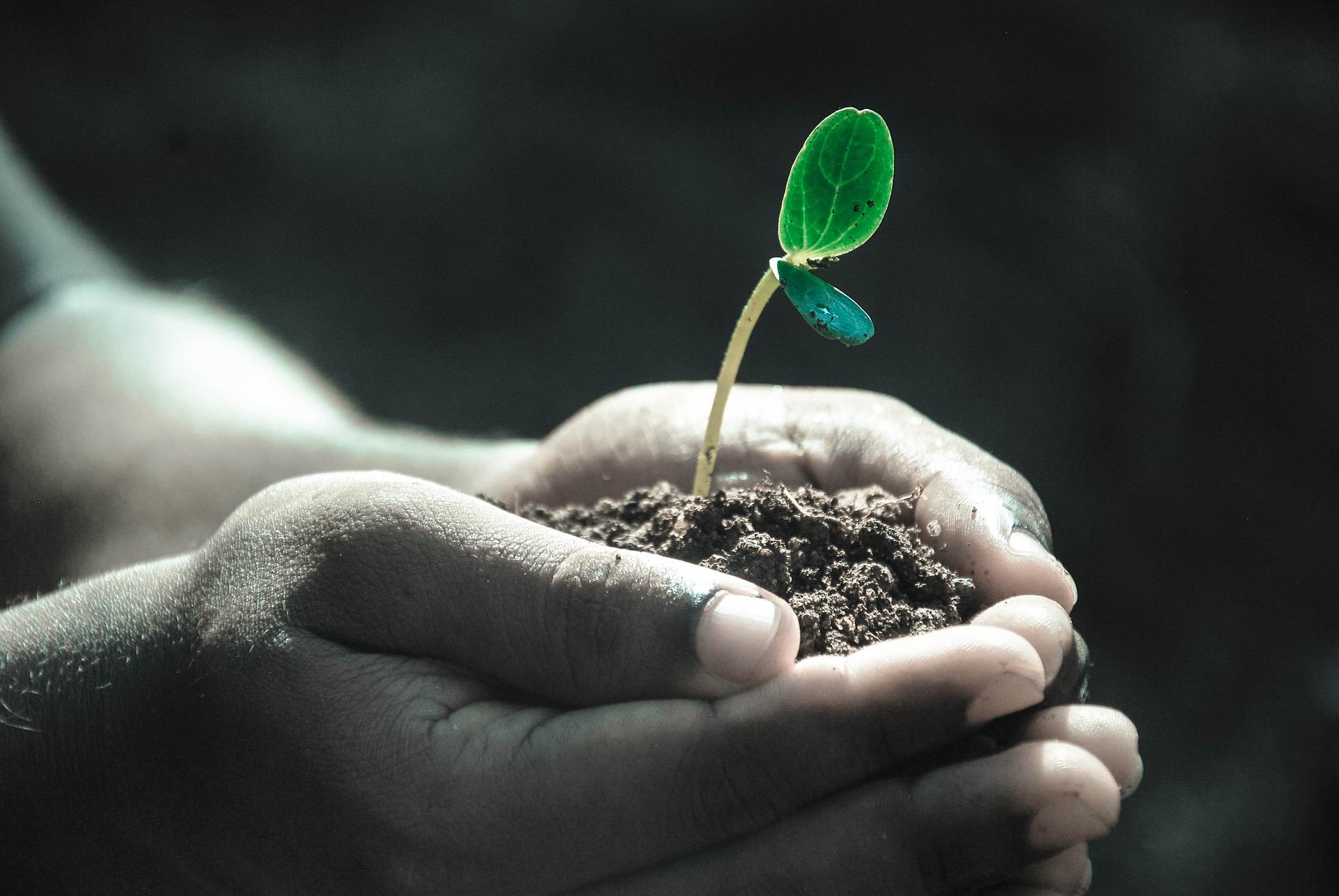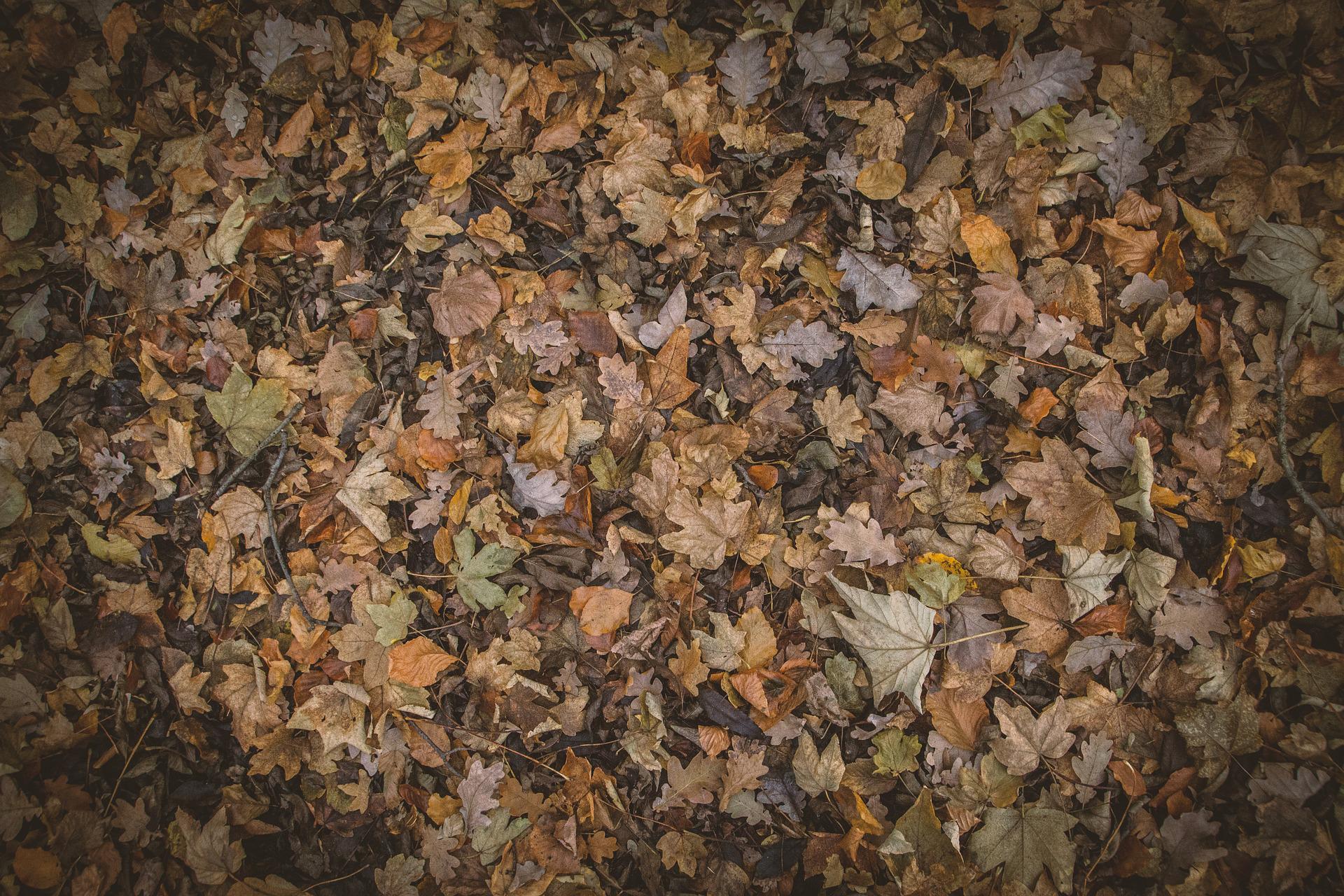How to Feed Soil To Feed Yourself

Overlooking the importance of soil health is one of the biggest mistakes new gardeners make when starting and maintaining their gardens. If you are new to gardening, or have been gardening for a long time, soil health should always be at the top of your mind when you are working in your garden.
Remember – Soil is Alive!
The important thing to remember is that soil is not inert. It contains living breathing organisms – both those you can see, like earthworms, and those you can't like bacteria and fungi. Soil is not just made up of mineral particles but contains vast numbers of micro-organisms too. The soil is a whole ecosystem that should teem with life.
Taking Care of Soil is the First Step

Unfortunately, we often mistreat our soil. We pollute it with non-organic fertilizers, pesticides and herbicides, we till or dig excessively, leave it bare, or allow the ground to get compacted. When we do these things, soil life suffers.
Before we can even begin to think about feeding the soil, we must always avoid doing harm. That means taking steps to avoid disrupting the soil ecosystem's fragile equilibrium, and do all we can to maintain it in its current state and not let it get any worse.
Feeding Soil Life Helps Soil Feed Us

Of course, doing that can maintain the status quo. But we don't just want to ensure that the life in our garden soil can remain undisturbed. We want it to flourish. And just like us, that life in our soil needs to eat. They need organic matter to feed on.
A soil that is rich in decaying plant and animal materials is one that will be rich in the micro-organisms that help to break it down.
We need those micro-organisms because without them, materials won't break down as they should, and water and nutrients won't be distributed as they should. Plants won't be able to thrive, since they won't be able to take up that water and those nutrients.
And when plants cannot thrive, we cannot either. Which is why it all comes back to the soil. Healthy soil = healthy plants = healthy animals – including people.
How to Feed Soil Life

There are a couple of different things we need to think about when trying to feed soil organisms. The first thing is what we plant.
Certain plants are deciduous or herbaceous and will drop leaves and vegetative matter onto the soil surface, where it is broken down and feeds soil life.
Where we choose perennial plants and these remain in place, they will continue to provide food for micro-organisms over a number of years.
We can also think about adding plants which co-operate with bacteria in their root systems to fix nitrogen from the air and make it available in the soil. When we add these plants in our gardens, some of this nitrogen is used by these plants themselves, but some will remain in the soil for the uptake of different micro-organisms, and other plants.
Basically, however, the more you can add plants, and maximise photosynthesis, the happier soil life will be.
The second thing to think about is mulches. Mulches are layers of organic matter that you spread over the surface of the soil. This not only conserves moisture and suppresses weeds but also gives soil life plenty to eat.
If you enjoyed reading that, you'll surely love our Shambhala Living Podcast too..
S t a y C o n n e c t e d
We'd love to share more about our food growing and regenerative living tips, ideas and visions for a new future.

